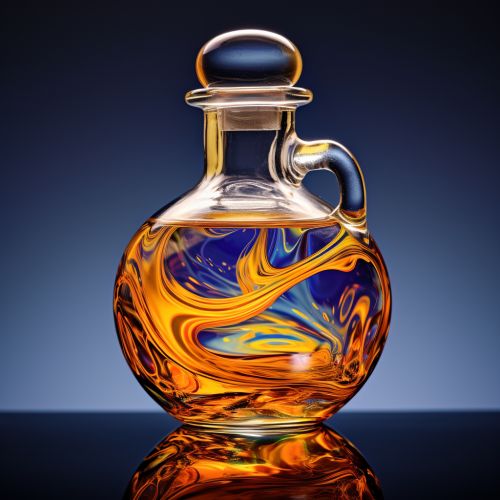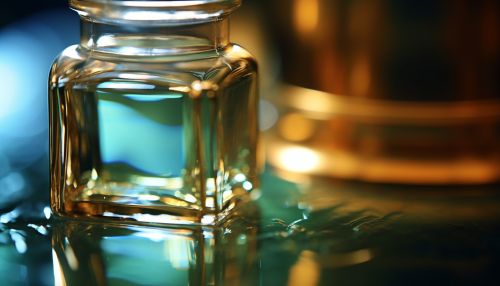Liquids
Overview
Liquids are one of the four fundamental states of matter, with the others being solid, gas, and plasma. A liquid is a nearly incompressible fluid that conforms to the shape of its container but retains a (nearly) constant volume independent of pressure. The volume is definite if the temperature and pressure are constant.
Molecular Characteristics
Liquids are composed of molecules that are in constant, random motion. These molecules move in such a way that they slide past each other, which is why liquids can flow and take the shape of their containers. This is in contrast to solids, where the molecules are tightly packed and only vibrate in place, and gases, where the molecules move freely and are spread out.
Properties of Liquids
Liquids have several key properties that distinguish them from solids and gases.
Density
The density of a liquid is typically close to that of a solid, and much higher than that of a gas. This is because the molecules in a liquid are much closer together than in a gas, but not as close as in a solid.
Viscosity
Viscosity is a measure of a liquid's resistance to flow. It is caused by the friction between molecules in a liquid. The higher the viscosity, the slower a liquid flows.
Surface Tension
Surface tension is the force that causes the surface of liquids to contract. This force is caused by the attraction between molecules in a liquid.
Capillarity
Capillarity is the ability of a liquid to flow against gravity in a narrow space such as a tube. This is due to the adhesive force between the liquid and the tube's material.
Phases of Matter
Liquids represent one of the four fundamental phases of matter. They exist between the solid phase, where materials maintain a fixed shape, and the gaseous phase, where materials flow to fill any available volume.
Transition to Gas
When a liquid is heated, its molecules gain energy and move more rapidly, which tends to increase the distance between the molecules. If the liquid is not confined to a container, it will begin to evaporate, that is, its molecules will escape from the surface and form a gas.
Transition to Solid
When a liquid is cooled, its molecules lose energy and move less rapidly, which tends to decrease the distance between the molecules. If the cooling continues, the liquid will become a solid.
Applications of Liquids
Liquids have many applications in both scientific research and everyday life.
In Science and Industry
Liquids are used in a variety of scientific and industrial processes, including chemical reactions, cooling and heating systems, and lubrication. For example, liquid helium is used in cryogenics, and liquid silicon is used in the production of solar panels and semiconductors.
In Everyday Life
Liquids play a crucial role in human life and the environment. They are essential for life (e.g., water), used in cooking (e.g., cooking oils), cleaning (e.g., detergents and soaps), and transportation (e.g., gasoline and other fuels).
See Also


